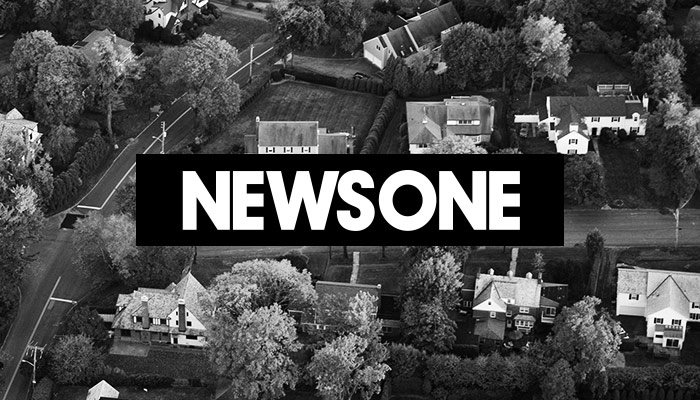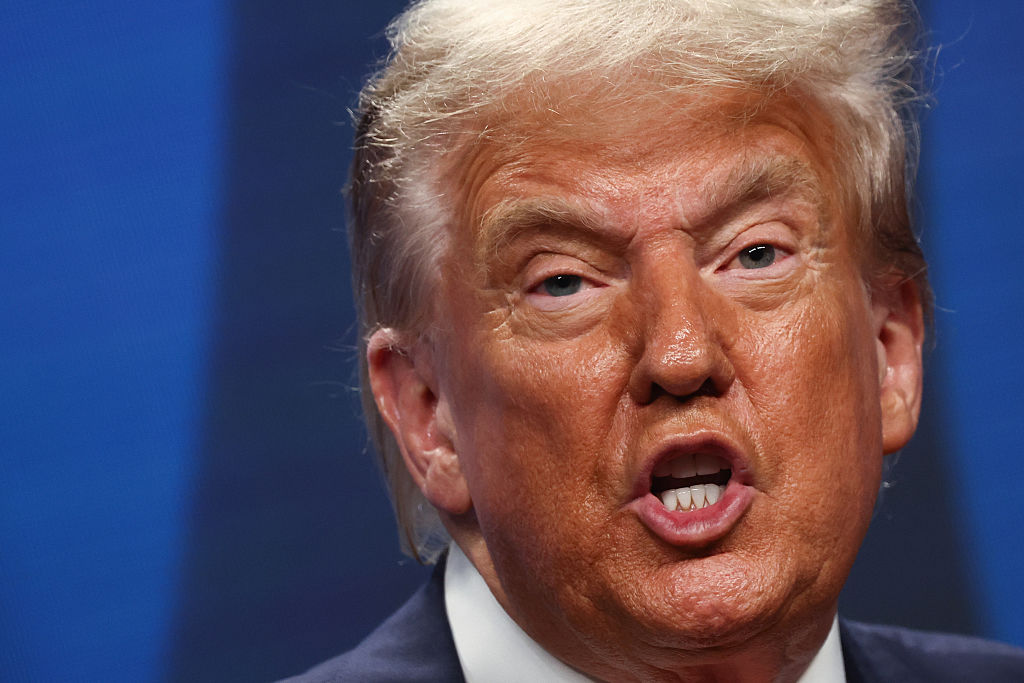NYC Subway Fare Evasion Group Posts Signs Calling Out MTA
‘Don’t Snitch. Swipe’ Guerrilla Subway Fare Evasion Fliers Call Out NYC’s Latest ‘Broken Windows’ Policing
An unknown group has been countering New York City’s aggressive crackdown on public transportation fare evasion with its own message to passengers: if you see something, don’t say something.
And no, that doesn’t mean turning a blind eye to suspected terrorism. But it is a reference to protecting from an attack.
Fliers that look similar to those typically posted by the Metropolitan Transportation Authority (MTA), which governs the city’s sprawling public transit system, have been spotted in a handful of subway stations encouraging riders to “Don’t Snitch” on people they see not paying their fares. Instead, the flyer says, riders should at the very least offer them a “Swipe” (pay for their entry) and/or be considerate of unseen circumstances, like job loss, emergencies or just a plain lack of funds, that keep them from paying.
People against the new transit fare initiative, announced in part by Gov. Andrew Cuomo over the summer, say it simply punishes residents for living in poverty and harkens back to New York’s maligned so-called Broken Windows policing that encouraged the unconstitutional practice of Stop and Frisk and helped foster the mass criminalization of nonviolent Black and brown bodies due to their economic status.
“We are criminalizing poverty and people who can’t afford certain things and I am very disappointed that the governor is doing that,” Public Advocate of New York City Jumaane Williams told NewsOne recently. “We can’t use police to solve all social ills. Some circumstances police are not equipped. I haven’t even heard him talk about underlying issues. Police can’t be the first response to everything.”
The plain yet intricately created new faux ads, complete with the MTA’s signature purple block letters, take note of all of Williams’ concerns, and then some. They were posted after officials announced the new crackdown on fare evasion would deploy at least 500 police officers to subway stations across the city.
That last point is probably why the guerrilla subway fliers, which bear the MTA’s official logo, include a link to a report from poverty advocacy group the Community Service Society’s (CSS) report called, “The Crime Of Being Short $2.75: Policing Communities Of Color At The Turnstile.” Although CSS is not behind the campaign, they’re also not mad at it, either, Jeffrey Maclin, vice president of governmental and public relations for CSS of New York, said to NewsOne.
“‘The Crime of Being Short $2.75,’ is getting renewed attention thanks to an unofficial subway ad campaign called ‘Swipe Don’t Snitch,’” Maclin said. “We do however support raising public awareness about the need to make our public transit system more affordable and accessible, which we believe is best achieved by fully implementing ‘Fair Fares’ as the mayor promised to do. And along with other activists and advocates, CSS will continue to be a vocal critic of policies that criminalize poverty and perpetuate racialized policing practices under the guise of creating a safer transit system.”
https://twitter.com/TomiObaro/status/1177713489617530880?s=20
New York State Sen. Roxanne Persaud, who represents Brooklyn the neighborhoods of Canarsie and Brownsville — locations where the “Don’t Snitch” fliers were posted — told NewsOne that “fare evasion is an issue that must be addressed as it affects all subway riders.” But this begs the question: At what cost?
The MTA claims that fare evasion has cost the city $260 million in revenue this year alone. However, what it did not say was how the city also spends up to $50 million a year to arrest, prosecute and fine New Yorkers who can’t afford a bus trip, according to the CSS report, which concluded that municipal resources and funds were being wasted to criminalize poor, predominantly Black people simply who can’t afford to pay.
The MTA, which instituted its latest fare hike in April, has been adamant about “taking appropriate action.” MTA spokesman Aaron Donovan told NewsOne that the agency has put measures in place to ensure people who can’t pay their fares can still access public transportation.
“[Fare evasion] is unfair to the vast majority of New Yorkers who pay the fare,” Donovan said. “Therefore we are taking appropriate action. We encourage those who cannot afford the fare to enroll in New York City’s Fair Fares program for low-income residents, which provides eligible New Yorkers with a 50% discount on subway fares.”
But the Fair Fares program has strict eligibility requirements, meaning not everybody who wants to enroll can actually participate.
Donovan said the MTA plans to send cease and desist letters to the people behind the renegade fliers in the subway, but it was still unclear who those people were.
The renewed crackdown on fare evasion was reminiscent of the NYPD’s Stop and Frisk program that saw officers patrolling low-income neighborhoods and arresting people they profiled. Last year, of the 11,008 recorded NYPD stop-and-frisks, 57 percent were Black, according to a New York Civil Liberties report.
When NYPD patrolled 157 subway stations last year, like those in the predominantly minority neighborhoods of Bedford-Stuyvesant, Crown Heights, Brownsville, East New York, Williamsburg and Bushwick areas, 66 percent of the 4,054 people they arrested were African American. In 2016, young Black men, ages 16 to 36 years old, represented half of all fare evasion arrests in Brooklyn, according to the CSS report.
With one in four low-income New Yorkers reportedly saying they were unable to regularly afford subway and bus fare, the latest fare evasion strategy seemed like confirmation that it was an attack on the poor.
Despite statistics, the New York Police Department (NYPD) stated that it was committed to the safety of the 6 million riders who use the subway each day. Its goal, the NYPD said, is to ensure riders understand that fare evasion is illegal through their signage in every station.
“We engaged in several pilot programs with our transit partners to convey this message to the public,” NYPD spokesperson Sgt. Jessica McRorie told NewsOne last month.
But the problem isn’t communication. Residents understand the risk they take hopping the subway turnstile to get to work, school or a doctor’s appointment. The problem is that there are people in New York City who can’t afford the fare for transit.
“We did try the Fair Fare program, but it was slowly rolled out by the mayor,” Williams, the city’s public advocate, an elected position, said of the initiative. “What we do need are programs that help; programs that help people live through the day and get to and from work and school. We can’t ignore that the MTA needs money, but we can’t criminalize the people who need help the most.”
The ironic thing was that the new guerrilla MTA fliers could have more of an effect on subway passengers than the actual MTA posters warning of the consequences of fare evasion. Riders who live in a city that’s consistently ranked as having among the highest costs of living in the country seem to be aware of the apparent hypocrisy in the new crackdown.
“If I get arrested because I’m in a rush, that don’t help no one,” Shaun Harth said while waiting for the subway in Times Square. The 48-year-old Brooklyn native said he rides the 2 train almost every day and expressed how counterproductive he found the crackdown to be as a Black man.
“You made me get fired, miss money because I went through a door?” he asked. “So like, what? You wanted to teach me a lesson?”
SEE ALSO:
Introducing ‘Stop-And-Frisk 2.0,’ The Racist Policing Practice Targeting People Of Color 24/7
Study: Broken Windows Policing Targets Blacks And Hispanics…Particularly In White Areas
















